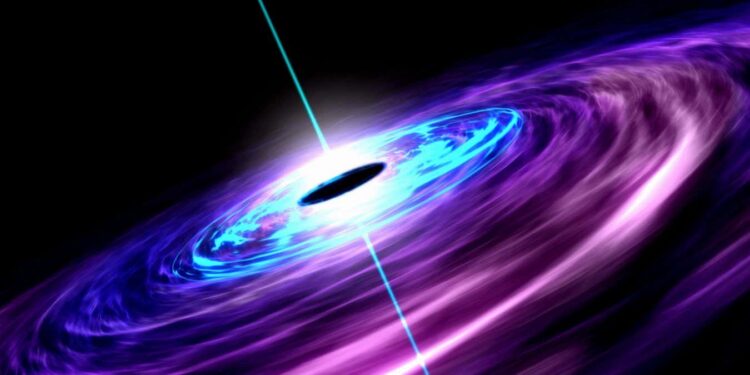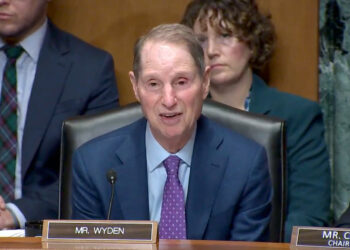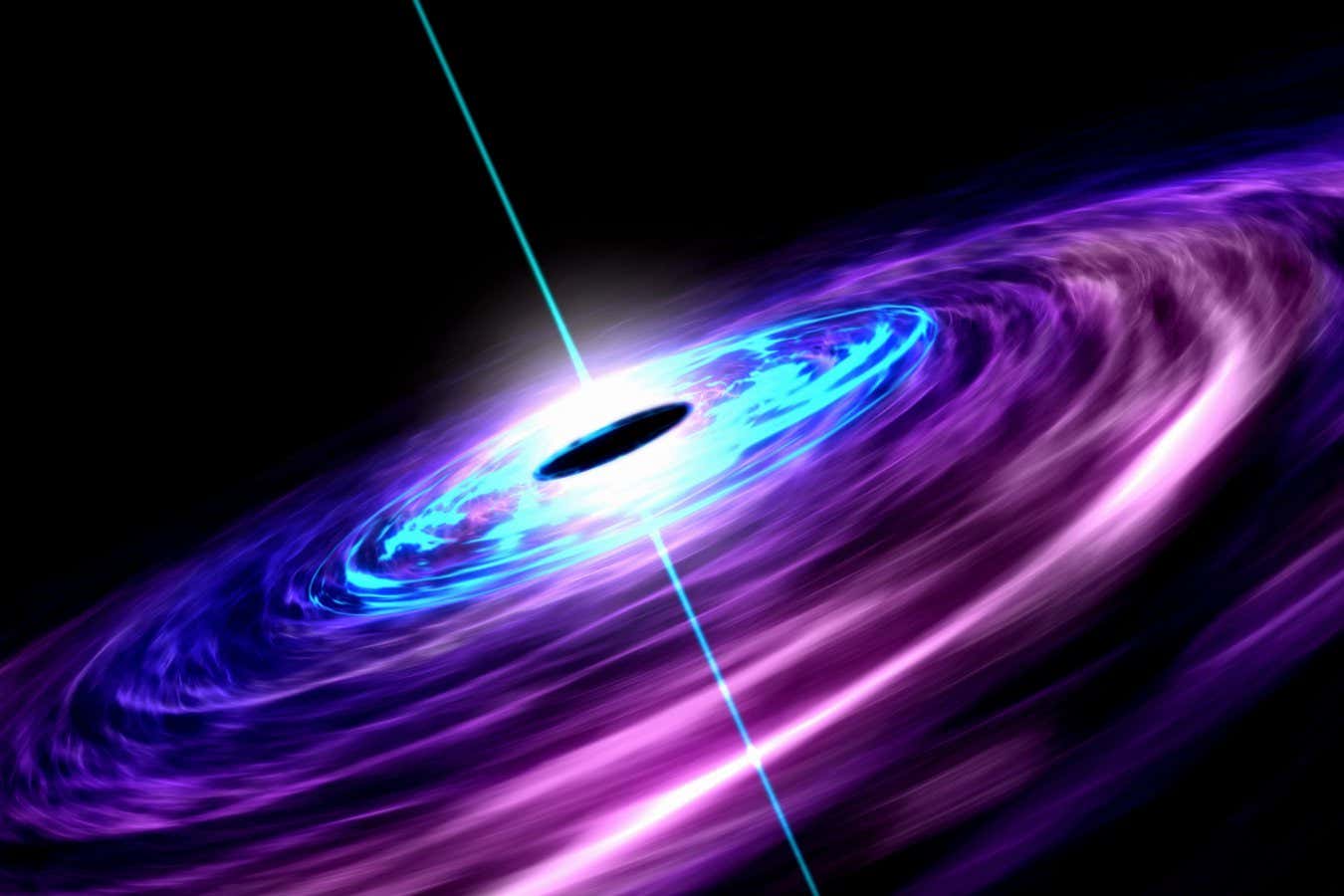
Could this be an illustration of the entire universe?
Arlume / Alamy
The following is an extract from our Lost in Space-Time newsletter. Each month, we hand over the keyboard to a physicist or mathematician to tell you about fascinating ideas from their corner of the universe. You can sign up for Lost in Space-Time here.
“So you’ve written a book about black holes?”
The stranger takes a sip from his cocktail. We’re at a party and I’m being introduced to the guests. I nod politely while stirring my piña colada.
“Then tell me,” the stranger continues, locking his eyes intensely on mine, “is it really true that the entire universe is a black hole?”
I’m not surprised. It’s one of the most common questions I’ve been asked when I tell people that I’ve spent years talking to scientists and visiting observatories to learn what we currently know about these cosmic behemoths.
And it’s no wonder people want to know. Media headlines regularly pop up that propose the glimmering galaxies we see as we peer out into space could be trapped inside a humongous black hole. Videos discussing such ideas get millions of views on YouTube. And although that sounds like something out of a science fiction novel, it is not without merit. Scientific investigation into this idea goes back to at least 1972, when physicist Raj Kumar Pathria published a letter in the journal Nature titled “The Universe as a Black Hole”. Ever since then, the mind-boggling claim returns every so often.
So, is it true?
How to make a black hole
Simply put, a black hole is a region of space where gravity is so strong that nothing, not even light, can escape it.
These enigmatic objects were initially discovered with mathematics by astronomer Karl Schwarzschild during the first world war. While he could hear the rumbling from battles raging at the French-German front, he investigated what Albert Einstein’s freshly published equations of general relativity would predict about the motion of planets and the structure of stars.
Schwarzschild hit upon a formula that describes how space and time can behave in ways wildly out of sync with our experience of the world, turning in on themselves and creating the type of inescapable region later dubbed a black hole.
Schwarzschild’s discovery led to a profound insight into how black holes work. Take a given piece of mass, such as a human body, a planet or a star. Now squeeze it inside a volume defined by Schwarzschild’s formula, et voila! A black hole has formed.
This critical volume depends on the object’s mass. For a human body it is ridiculously tiny: a hundred times smaller than a proton. For Earth, it’s about the size of a golf ball, while for the sun it corresponds to roughly the size of downtown Los Angeles (some 6 kilometres, or just under 4 miles, across).
As you can see, creating black holes is hard. Under normal circumstances, matter just doesn’t like to be compressed into such extremely high densities. Only the most cataclysmic processes in the universe – like when very massive stars explode in a supernova – can force matter to collapse in on itself and form a black hole.
But there’s a twist to the black hole creation story. While those created from exploding stars stem from exceptionally dense matter, their much larger supermassive cousins, which are found at the center of most galaxies, have quite low densities. According to Schwarzschild’s formula, the larger a black hole is, the more emptiness it contains, and the lower its average density (in a rather handwaving sense – in reality the density of a complicated space-time object like a black hole is not straightforward to define). The largest black holes observed therefore have an average density less than that of air!
So what, then, about the universe? Given it mostly consists of empty space, could its extremely low density still correspond to that of a black hole?
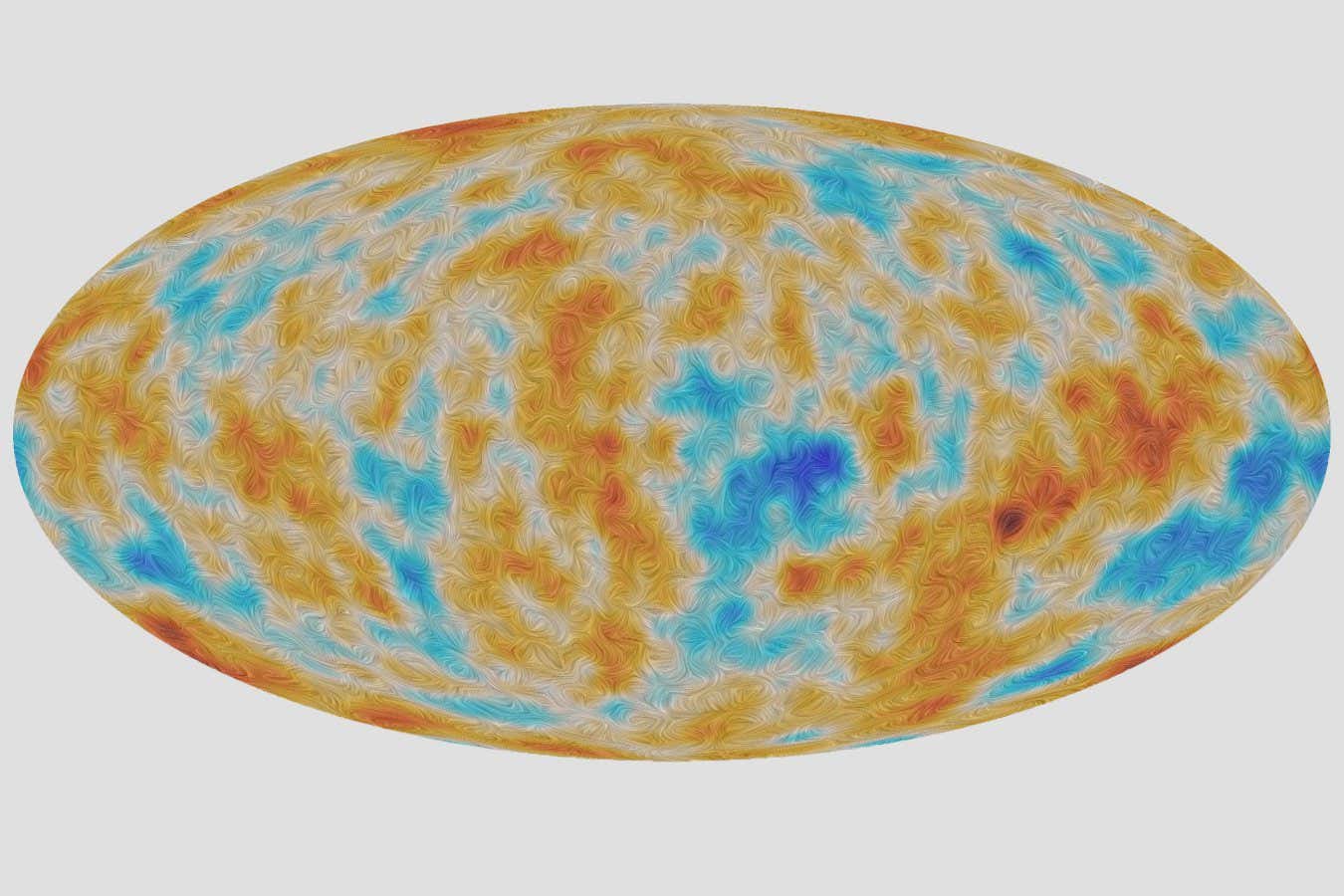
The polarisation of the cosmic microwave background
ESA/Planck Collaboration
Sizing up the universe
Thanks to Schwarzschild’s formula, astronomers are equipped with a tool to determine if an object is a black hole: first, measure its mass; then, establish its volume. If the object has a mass confined in a volume smaller than that defined by Schwarzschild’s formula, then it should be a black hole.
So let’s apply this recipe to the entire universe. To do that, we need to know its mass and volume. But since we can’t roam across the entire universe with a celestial ruler and measure its true width, it’s impossible to know its total size. All we can do is to observe the light and particles that reach us from the distant reaches of space.
The most ancient light we can see comes from the cosmic microwave background. It was created a mere 380,000 years after the big bang. Since the universe expands, the points from which this light was emitted now lie extremely far away from us. The total distance that light could have travelled since the big bang defines the observable universe, which has a diameter of 93 billion light years.
Thanks to painstaking measurements taken over several decades, astronomers have determined how much mass there is within this volume: around 1054 kg (that’s a 1 followed by 54 zeros, which has the fancy name one septendecillion).
Now let’s compute the hypothetical size of a black hole with a mass of one septendecillion kilograms. Plug the number into Schwarzschild’s formula, let the drums roll and a few mathematical operations later we’re faced with an astounding answer: such a black hole would be 300 billion light years across, roughly three times as large as the observable universe. In other words, just by looking at the size of and mass contained in the observable universe, it fits the bill of being a black hole.
“Wow,” the inquisitive stranger at the cocktail party exclaims, “so the universe really is a black hole then?”
“Not so fast, grasshopper,” I reply. To really get to the bottom of that question, we need to take a closer look at the inside of a black hole.
Into the darkness
Black holes are weird. One of their many bizarre aspects is that from the outside they seem to be of a fixed size, but on the inside they are ever-changing. According to Schwarzschild’s formula, the space inside them is stretched out in one direction and simultaneously squeezed together in two others. (If the black hole is spinning, its interior world gets weirder still, but that’s a story for another newsletter.)
Cosmologists call this type of structure anisotropic. Tropos means ‘direction’, iso means ‘equal’, and the an signifies a negation. The anisotropic dynamic inside a black hole means that out of the three spatial directions, one will expand and the two others will contract – like a rubber sheet getting pulled into a thin string. This distortion is closely related to the tidal stretching of all infalling matter, which Stephen Hawking, with his trademark linguistic flair, referred to as spaghettification.
Unlike the case with black holes, as the universe expands it does so isotropically (that is, it expands in the same way in all directions). Doesn’t sound much like the inside of a black hole, does it?
But that doesn’t rule out a black hole universe just yet. That’s because black holes share two features with our universe that on the surface seem familiar: an event horizon and a singularity.
The event horizon is a surface from which no light can emerge. In the case of the black hole, it marks the passage of no return from which matter can never escape once passed. In the case of the universe, it arises because the expansion of space happens so fast it prevents light from very distant galaxies from ever reaching us.
This cosmic event horizon is like an inside out version of the black hole event horizon: the latter prevents us from peeking inside the depths of the black hole abyss, whereas the former prevents us from seeing outwards to the furthest reaches of space.
This inverted relationship also holds for the ominous singularity – the doomed point where matter densities and space-time curvature grows infinitely large. According to Schwarzschild’s formula, the singularity is a future point in time that any hapless astronauts entering a black hole must encounter after they pass the event horizon. Similarly, our cosmological model also contains a singularity – but in the past. As we extrapolate the expansion of the universe backwards, all points in space get closer and closer while densities get higher and higher. As densities rise without bound, the enigmatic initial moment of our big bang model culminates in a singularity. So for black holes, mathematically the singularity lies in the future, whereas for our expanding universe, it lies in the past. In both cases, the singularities that arise in our models signal a lack of understanding of exactly what happens at those inexplicably dense points.
Adding all this together – the differences in the expansion, event horizon and singularities – paints a rather convincing picture that our universe is not a black hole. It just doesn’t look like one!
“But hold on,” the stranger says with a whiff of disappointment, “I thought we just calculated that our universe meets the criteria for being a black hole. This doesn’t make sense!”
“Well, while the calculation is correct,” I answer, “it turns out that a similar mathematical relationship as Schwarzschild’s is also buried deep in our model for an expanding universe. It isn’t unique to black holes.”
Who knows what oddities happen on the largest cosmic scales, beyond those that we can probe with our telescopes. But according to our fundamental models of expanding universes and non-spinning black holes, our universe doesn’t bear the hallmarks of being inside a black hole. What should we make of that? Personally, I think it is a testament to gravity’s versatility, creating such wondrous structures as space-time crunching black holes and an accelerating expanding universe all at once.
Jonas Enander is a Swedish science writer with a PhD in physics. His recently published book Facing Infinity: Black holes and our place on Earth (Atlantic Books/The Experiment, 2025) explores the impact black holes have on the universe, as well as on humanity. To explore these ideas, he created a video that tells the story using water colour paintings.
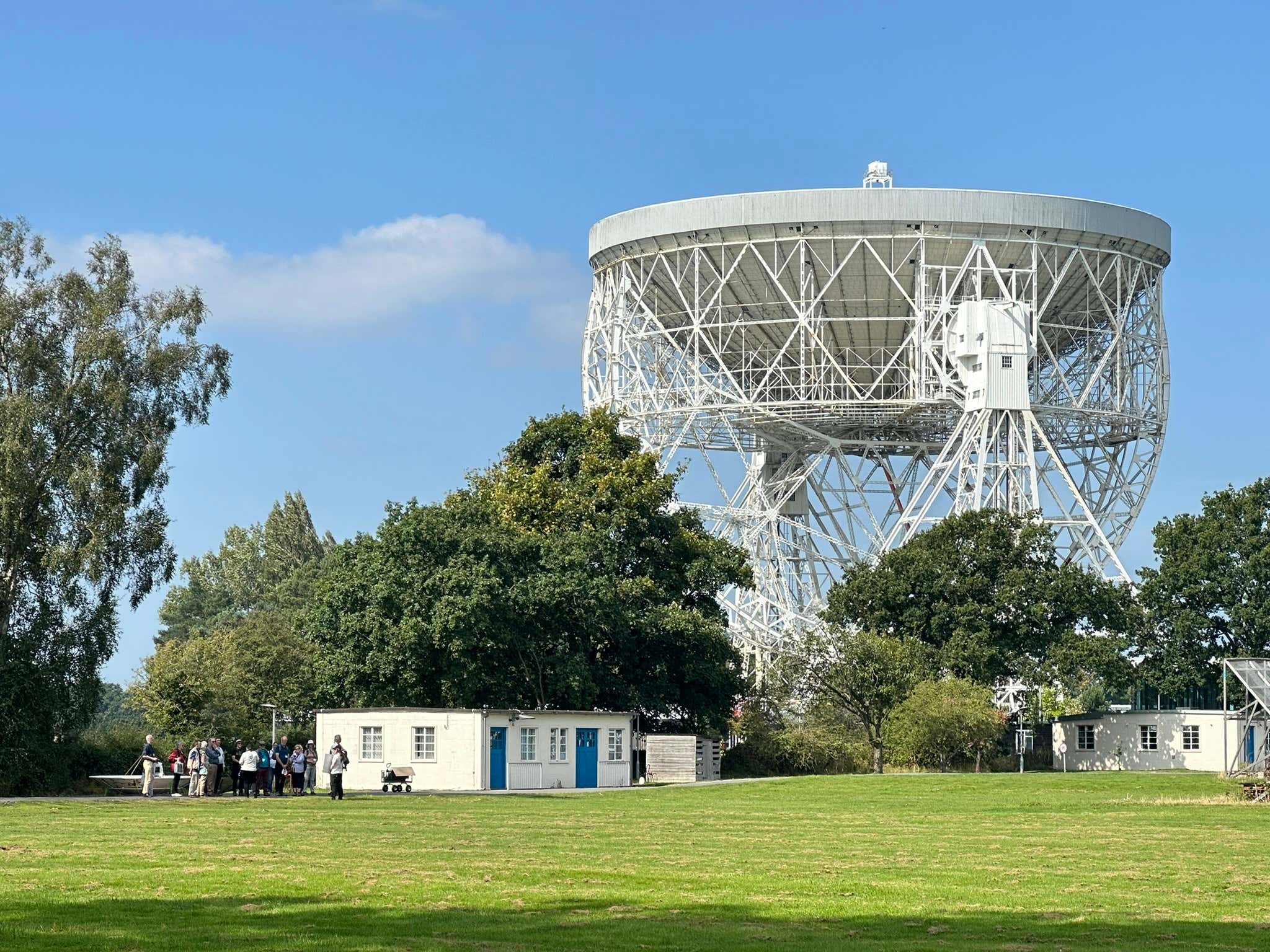
Mysteries of the universe: Cheshire, England
Spend a weekend with some of the brightest minds in science, as you explore the mysteries of the universe in an exciting programme that includes an excursion to see the iconic Lovell Telescope.
Topics:
Source link : https://www.newscientist.com/article/2499032-is-the-universe-really-one-big-black-hole/?utm_campaign=RSS%7CNSNS&utm_source=NSNS&utm_medium=RSS&utm_content=home
Author :
Publish date : 2025-10-07 18:00:00
Copyright for syndicated content belongs to the linked Source.

